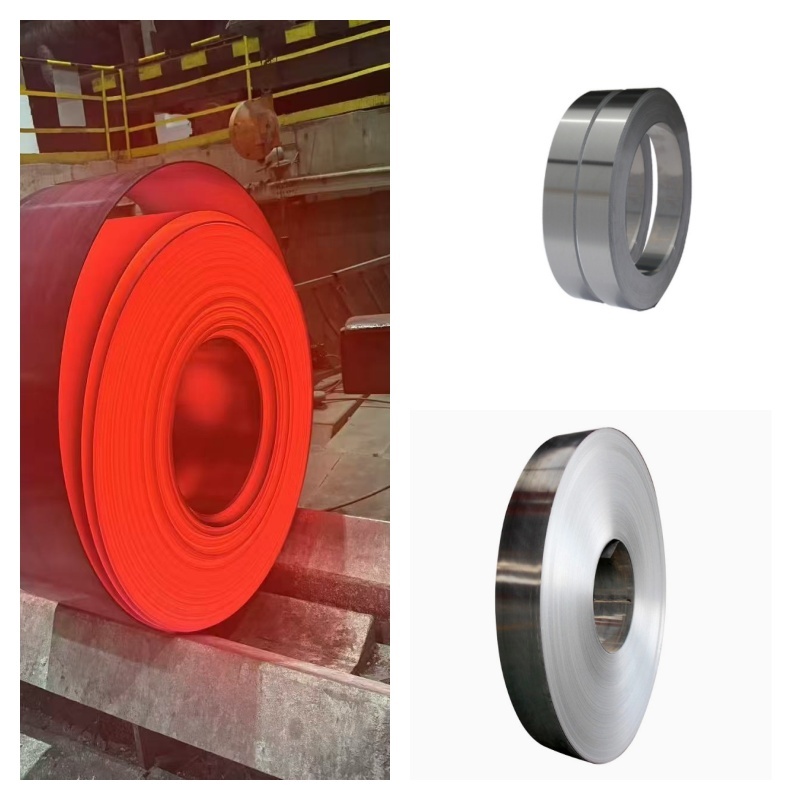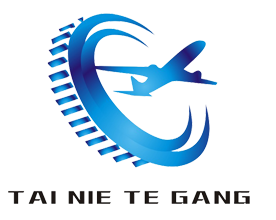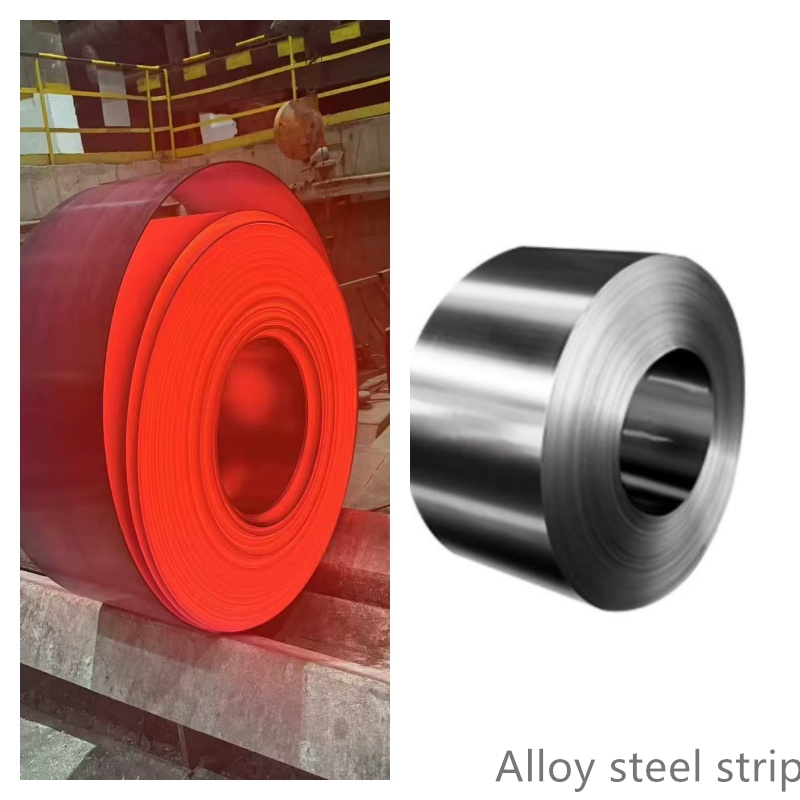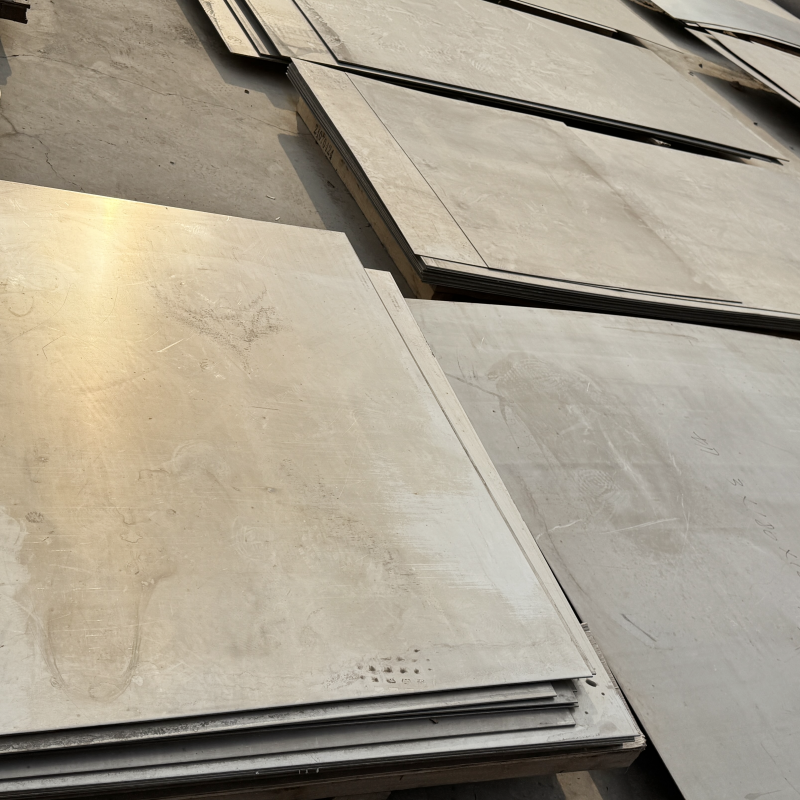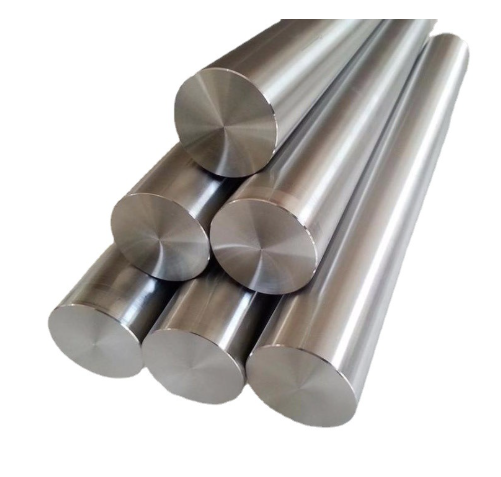
Product
Message
Nickel alloy Inconel 718 Plate/inconel 625/inconel 600 Steel belt
GH4169 alloy is a nickel-based superalloy reinforced by body-centered tetragonal γ" and face-centered cubic γ' phase precipitation. It has good comprehensive properties in the temperature range of -253 to 700 °C, and the yield strength below 650 °C ranks high in deformation The alloy is the first, and has good anti-fatigue, anti-radiation, anti-oxidation, corrosion resistance, as well as good processing performance, welding performance and long-term structural stability, and can manufacture various parts with complex shapes, in aerospace, nuclear energy, In the petroleum industry, it has been widely used in the above temperature range.
Category:
Superalloy
Email:
GH4169 (inconel718, N07718) superalloy overview:
GH4169 alloy is a nickel-based superalloy reinforced by body-centered tetragonal γ" and face-centered cubic γ' phase precipitation. It has good comprehensive properties in the temperature range of -253 to 700 °C, and the yield strength below 650 °C ranks high in deformation The alloy is the first, and has good anti-fatigue, anti-radiation, anti-oxidation, corrosion resistance, as well as good processing performance, welding performance and long-term structural stability, and can manufacture various parts with complex shapes, in aerospace, nuclear energy, In the petroleum industry, it has been widely used in the above temperature range.
Another feature of this alloy is that the alloy structure is particularly sensitive to the hot working process. Master the law of phase precipitation and dissolution in the alloy and the relationship between structure, process and performance, and can formulate reasonable and feasible process regulations for different use requirements. Various parts are available to meet different strength levels and usage requirements. The varieties supplied are forgings, forged bars, rolled bars, cold rolled bars, round cakes, rings, plates, strips, wires, tubes, etc. It can be made into parts such as discs, rings, blades, shafts, fasteners and elastic elements, sheet metal structural parts, and casings for long-term use in aviation.
1. GH4169 material grade: GH4169 (GH169)
2. GH4169 similar grades: Inconel 718 (USA), NC19FeNb (France)
3. Technical standard of GH4169 material:
4. Chemical composition of GH4169: The chemical composition of this alloy is divided into three categories: standard composition, high-quality composition, and high-purity composition, see Table 1-1. High-quality components reduce carbon and increase niobium on the basis of standard components, thereby reducing the number of niobium carbides, reducing fatigue sources and increasing the number of strengthening phases, and improving fatigue resistance and material strength. At the same time reduce harmful impurities and gas content. High-purity ingredients are based on high-quality standards to reduce the content of sulfur and harmful impurities, and to improve material purity and overall performance.
The GH4169 alloy for nuclear energy applications needs to control the boron content (other elements remain unchanged). When ω(B)≤0.002%, in order to distinguish it from the GH4169 alloy used in the aerospace industry, the alloy grade is GH4169A.
Table 1-1
| category | C | Cr | Ni | Co | Mo | Al | Ti | Fe | |||||||
| standard | ≤0.08 | 17.0~21.0 | 50.0~55.0 | ≤1.0 | 2.80~3.30 | 0.30~0.70 | 0.75~1.15 | Remain | |||||||
| high quality | 0.02~0.06 | 17.0~21.0 | 50.0~55.0 | ≤1.0 | 2.80~3.30 | 0.30~0.70 | 0.75~1.15 | Remain | |||||||
| High purity | 0.02~0.06 | 17.0~21.0 | 50.0~55.0 | ≤1.0 | 2.80~3.30 | 0.30~0.70 | 0.75~1.15 | Remain | |||||||
| category | Nb | B | Mg | Mn | Si | P | S | Cu | Ca | ||||||
| no greater than | |||||||||||||||
| standard | 4.75~5.50 | 0.006 | 0.01 | 0.35 | 0.35 | 0.015 | 0.015 | 0.3 | 0.01 | ||||||
| high quality | 5.00~5.50 | 0.006 | 0.01 | 0.35 | 0.35 | 0.015 | 0.015 | 0.3 | 0.01 | ||||||
| High purity | 5.00~5.50 | 0.006 | 0.005 | 0.35 | 0.35 | 0.015 | 0.002 | 0.3 | 0.005 | ||||||
| category | Bi | Sn | Pb | Ag | Se | Te | Tl | N | O |
| no greater than | |||||||||
| standard | --- | --- | 0.0005 | --- | 0.0003 | --- | --- | --- | --- |
| high quality | 0.001 | 0.005 | 0.001 | 0.001 | 0.0003 | --- | --- | 0.01 | 0.01 |
| High purity | 0.00003 | 0.005 | 0.001 | 0.001 | 0.0003 | 0.00005 | 0.0001 | 0.01 | 0.005 |
5. GH4169 heat treatment system: The alloy has different heat treatment systems to control the grain size, control the morphology, distribution and quantity of the delta phase, so as to obtain different levels of mechanical properties. Alloy heat treatment system is divided into 3 categories:
(1), (1010~1065)℃±10℃, 1h, oil cooling, air cooling or water cooling +720℃±5℃, 8h, furnace cooling at 50℃/h to 620℃±5℃, 8h, air cooling.
The grains of the materials treated by this system are coarsened, and there is no delta phase in the grain boundaries and in the grains, and there is notch sensitivity, but it is beneficial to improve the impact performance and resist low-temperature hydrogen embrittlement.
(2), (950~980)℃±10℃, 1h, oil cooling, air cooling or water cooling +720℃±5℃, 8h, furnace cooling at 50℃/h to 620℃±5℃, 8h, air cooling.
The material treated by this system has a delta phase, which is conducive to eliminating notch sensitivity. It is the most commonly used heat treatment system, also known as the standard heat treatment system.
(3), 720℃±5℃, 8h, furnace cooling to 620℃±5℃ at 50℃/h, 8h, air cooling.
After this system treatment, the delta phase in the material is less, which can improve the strength and impact performance of the material. This system is also known as the direct aging heat treatment system.
6. GH4169 varieties, specifications and supply status: can supply die forgings (discs, integral forgings), cakes, rings, rods (forged rods, rolled rods, cold drawn rods), plates, wires, strips, tubes, different shapes and sizes. Fasteners, elastic elements, etc., the delivery status is negotiated by both parties. The wire is delivered in coils in the agreed delivery condition.
7. GH4169 smelting and casting process: The smelting process of the alloy is divided into three categories: vacuum induction plus electroslag remelting; vacuum induction plus vacuum arc remelting; vacuum induction plus electroslag remelting plus vacuum arc remelting. According to the use requirements of the parts, the required smelting process can be selected to meet the application requirements.
8. GH4169 application overview and special requirements: manufacturing various stationary and rotating parts in aviation and aerospace engines, such as discs, rings, casings, shafts, blades, fasteners, elastic elements, gas conduits, sealing elements, etc. and welded structural parts; manufacture of various elastic elements and lattices for nuclear energy industrial applications; manufacture of parts and other parts for applications in the petroleum and chemical industries.
In recent years, based on the continuous deepening of research on this alloy and the continuous expansion of its application, many new processes have been developed in order to improve quality and reduce costs: vacuum arc remelting adopts helium cooling process to effectively reduce niobium segregation; The injection molding process is used to produce ring parts, which reduces the production cost and shortens the production cycle; the superplastic molding process is used to expand the production range of the product.
Physical and chemical properties of GH4169 (inconel718, N07718) superalloy:
1. GH4169 thermal performance:
(1) The melting temperature range of GH4169 is 1260~1320℃.
(2), GH4169 thermal conductivity: see Table 2-1
table 2-1
| θ/℃ | 11 | 100 | 200 | 300 | 400 | 500 | 600 | 700 | 800 | 900 | 1000 |
| λ/(W/(m·℃)) | 13.4 | 14.7 | 15.9 | 17.8 | 18.3 | 19.6 | 21.2 | 22.8 | 23.6 | 7.6 | 30.4 |
(3) The specific heat capacity of GH4169 is shown in Table 2-2.
(4) The linear expansion coefficient of GH4169 is shown in Table 2-3;
2. GH4169 density: ρ=8.24g/cm3.
3. Electrical properties of GH4169: see Table 2-2
Table 2-2
| θ/℃ | 300 | 400 | 500 | 600 | 700 | 800 | 900 | 1000 |
| c/(J/(kg·℃)) | 481.4 | 493.9 | 514.8 | 539 | 573.4 | 615.4 | 657.2 | 707.4 |
Table 2-3
| θ/℃ | 20~100 | 20~200 | 20~300 | 20~400 | 20~500 | 20~600 | 20~700 | 20~800 | 20~900 | 20~1000 |
| α/10-6℃-1 | 11.8 | 13 | 13.5 | 14.1 | 14.4 | 14.8 | 15.4 | 17 | 18.4 | 18.7 |
4. Magnetic properties of GH4169: The alloy is non-magnetic.
5. GH4169 chemical properties:
6. Antioxidant performance of GH4169: The oxidation rate after 100h test in air medium is shown in Table 2-4.
Table 2-4
| θ/°C | 600 | 700 | 800 | 900 | 1000 |
| Oxidation rate/(g/(m2·h)) | 0.0176 | 0.0277 | 0.0351 | 0.0961 | 0.162 |
Performance requirements of GH4169 (inconel718, N07718) superalloy:
1. Due to the high niobium content in the GH4169 alloy, the niobium segregation components in the alloy are directly related to the metallurgical process. The melting speed of electroslag remelting and vacuum arc melting and the quality of electrode rods directly affect the quality of the material. If the melting speed is fast, it is easy to form black spots rich in niobium; if the melting speed is slow, white spots depleted in niobium will be formed; poor surface quality of the electrode rod and cracks inside the electrode rod are easy to cause the formation of white spots. Therefore, improve the quality and control of the electrode rod. Melting rate and increasing the solidification rate of steel ingots are the key factors in the smelting process. In order to avoid excessive segregation of elements in the steel ingot, the diameter of the steel ingot used so far is not more than 508mm. The product homogenization process must ensure that the L phase in the ingot is completely dissolved. The time for the two-stage homogenization of the ingot and the secondary homogenization of the intermediate billet depends on the diameter of the steel ingot and the intermediate billet. The control of the homogenization process is directly related to the segregation of niobium in the material. The homogenization process of 1160℃, 20h+1180℃, 44h currently used in production is not enough to eliminate the segregation in the center of the ingot, so the following process is recommended:
(1), 1150℃~1160℃, 20h~30h+1180℃~1190℃, 110h~130h;
(2), 1160℃, 24h+1200℃, 70h.
2. The homogenized alloy has good hot working properties. The billet heating temperature of the ingot shall not exceed 1120℃. The forging process of the forging should be determined according to the use condition and application requirements of the forging, combined with the conditions of the manufacturer. When opening billets and producing forgings, the intermediate annealing temperature and terminal temperature must be determined according to the microstructure and properties required by military parts. Generally, the terminal temperature of forging should be controlled between 930 °C and 950 °C. The forging temperature and deformation degree of each type of forging are shown in Table 3-1
Table 3-1
| Forging category | first forging | first forging | second forging | second forging | Grain size/grade | Grain size/grade |
| Heating temperature/℃ | Deformation/% | Heating temperature/℃ | Deformation/% | basic grain | individual large grains | |
| ordinary | 1065~1090 | --- | 1040~1065 | --- | 4~6 | allow |
| Gao Qiang | 1040~1065 | --- | 1010~1040 | 30~50 | 8 | ≥2 |
| direct aging | 995~1025 | >50 | 970~995 | >50 | 10 | ≥2 |
GH4169 (inconel718, N07718) superalloy processing:
1. Preheating: The surface of the workpiece must be cleaned before and during the heating process to keep the surface clean. If the heating environment contains sulfur, phosphorus, lead or other low melting point metals, GH4169 alloy will become brittle. Impurities originate from marked paint, chalk, lubricating oil, water, fuel, etc. The sulfur content of fuel should be low, for example, the impurity content of liquefied gas and natural gas should be less than 0.1%, the sulfur content of city gas should be less than 0.25g/m3, and the sulfur content of petroleum gas should be less than 0.5%.
The heated electric furnace should preferably have a more accurate temperature control ability, the furnace gas must be neutral or weakly alkaline, and the fluctuation of the furnace gas composition in oxidizing and reducing properties should be avoided.
2. Hot working: The suitable hot working temperature of GH4169 alloy is 1120-900℃. The cooling method can be water quenching or other rapid cooling methods. After hot working, it should be annealed in time to ensure the best performance. During hot processing, the material should be heated to the upper limit of the processing temperature. In order to ensure the plasticity during processing, the final processing temperature when the deformation amount reaches 20% should not be lower than 960 °C.
3. Cold working: Cold working should be carried out after solution treatment. The work hardening rate of GH4169 is greater than that of austenitic stainless steel, so the processing equipment should be adjusted accordingly, and there should be an intermediate annealing process during the cold working process.
4. Thermal processing:
(1), heat treatment:
Different solution treatment and aging treatment processes will result in different material properties. Due to the low diffusion rate of γ” phase, the best mechanical properties of GH4169 alloy can be obtained by long-term aging treatment.
(2), grinding:
The oxides near the welds of GH4169 workpieces are more difficult to remove than those of stainless steel. They need to be polished with a fine abrasive belt. Before pickling in a mixed acid of nitric acid and hydrofluoric acid, the oxides should also be removed with sandpaper or a salt bath pretreatment. deal with.
(3), machining:
Machining of GH4169 needs to be carried out after solution treatment, taking into account the work hardenability of the material. Unlike austenitic stainless steel, GH4169 is suitable for low surface cutting speeds.
(4), welding:
The precipitation hardening GH4169 alloy is very suitable for welding and has no tendency to crack after welding. Solderability, ease of processing, and high strength are several advantages of this material. GH4169 is suitable for arc welding, plasma welding, etc. Before welding, the surface of the material should be clean, free of oil stains, chalk marks, etc., and the bright metal should be polished within 25mm around the weld.
5. Recommended welding materials: Welding rod: ENiCrFe-3, welding wire: ERNiCr-3
